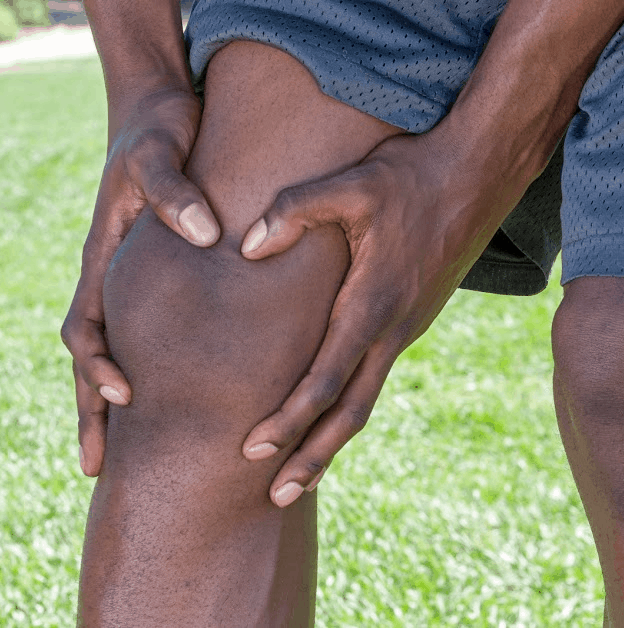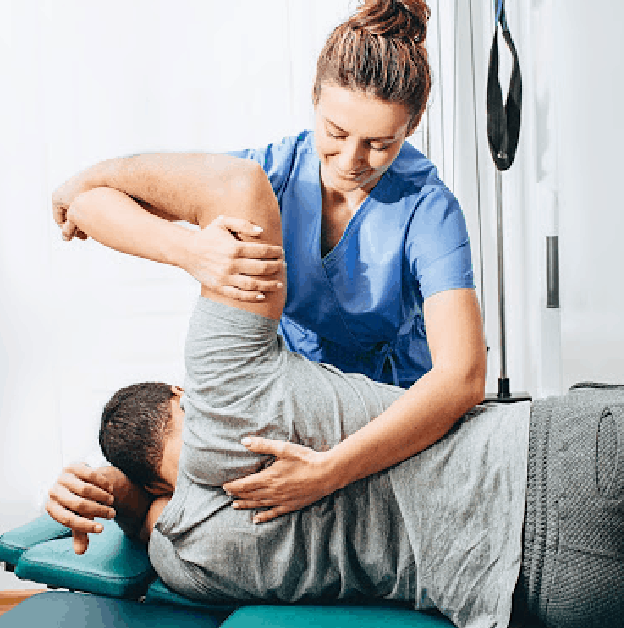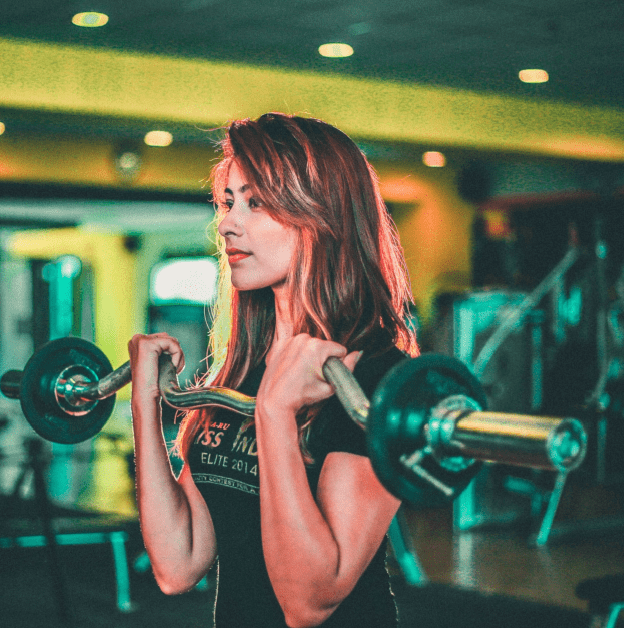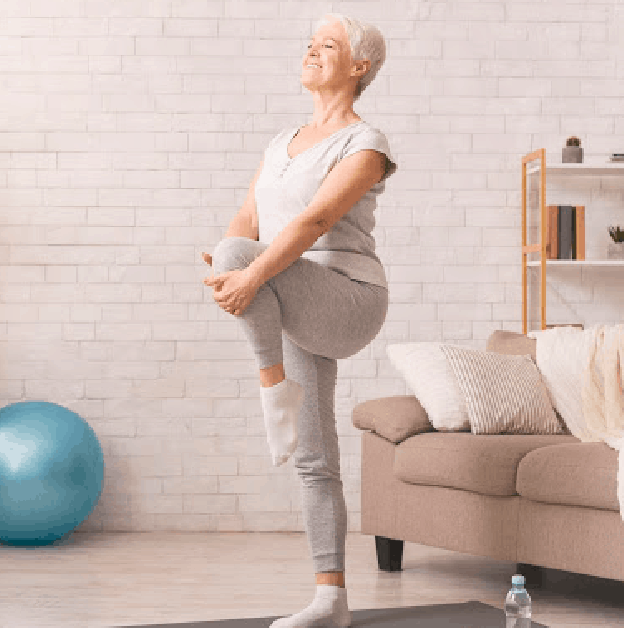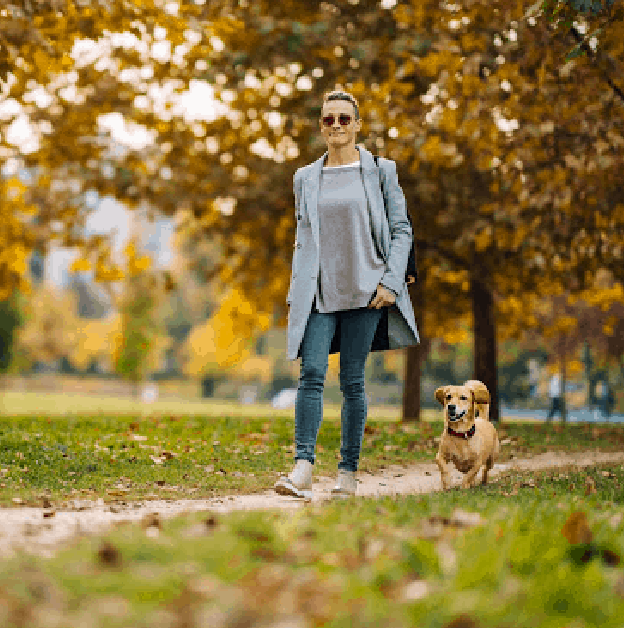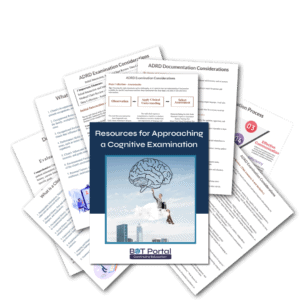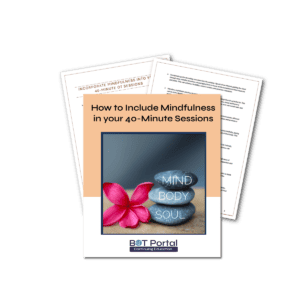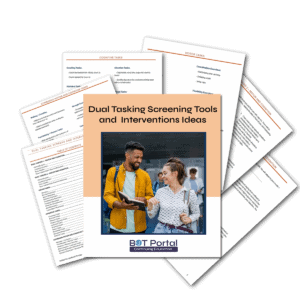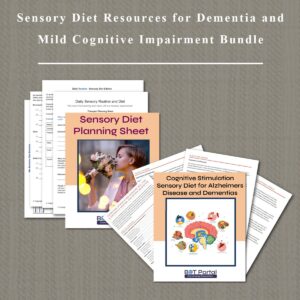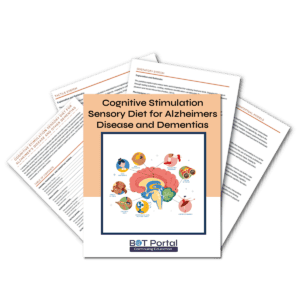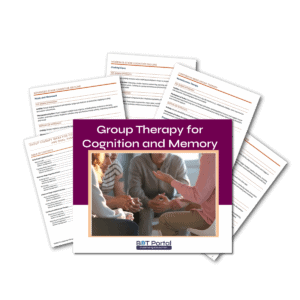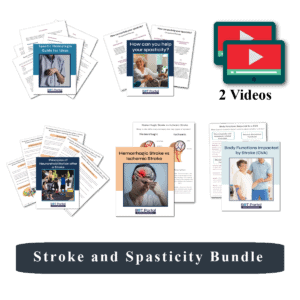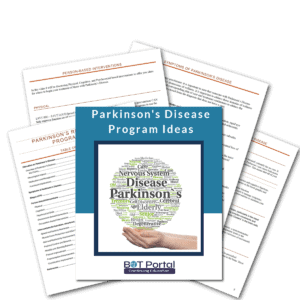Stop feeling insecure and lost.
Don't wait for BURNOUT to consume your life because there just isn't enough time to search for evidence-based occupational therapy resources and training for daily clinical treatments.
Join the BOT Portal for occupational therapy resources and receive 24/7 access to the highest quality resources designed by an experienced therapist speciically for busy, motivated, and passionate therapists and therapy assistants.
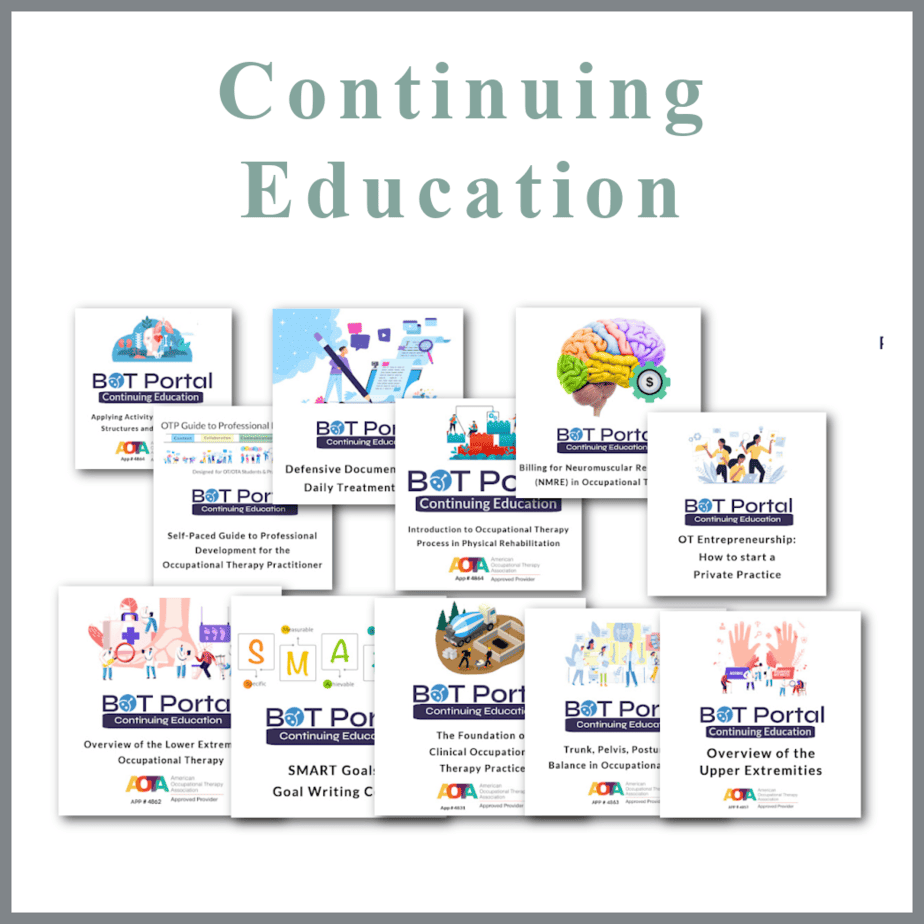
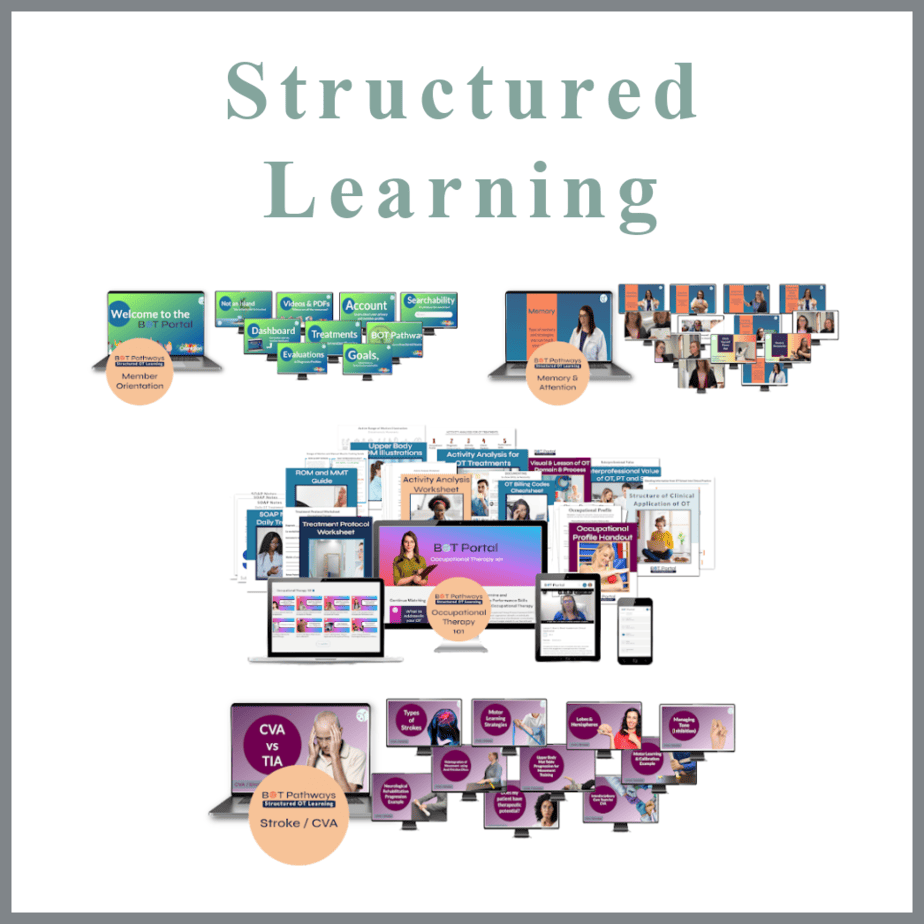
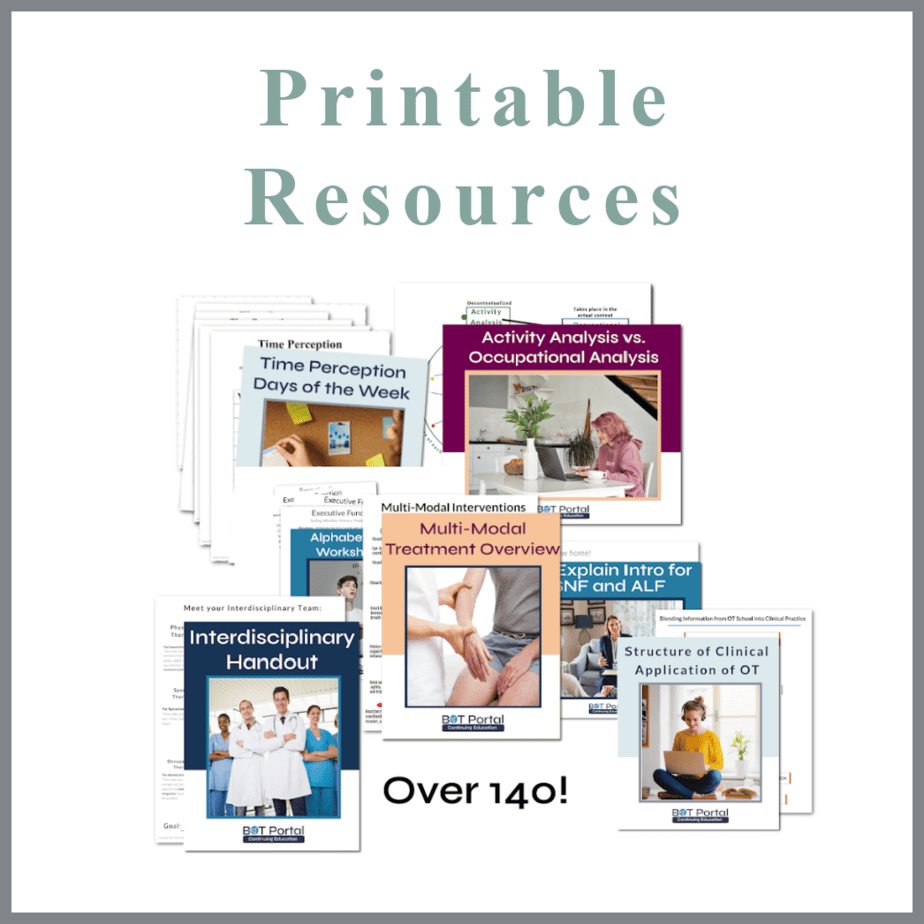
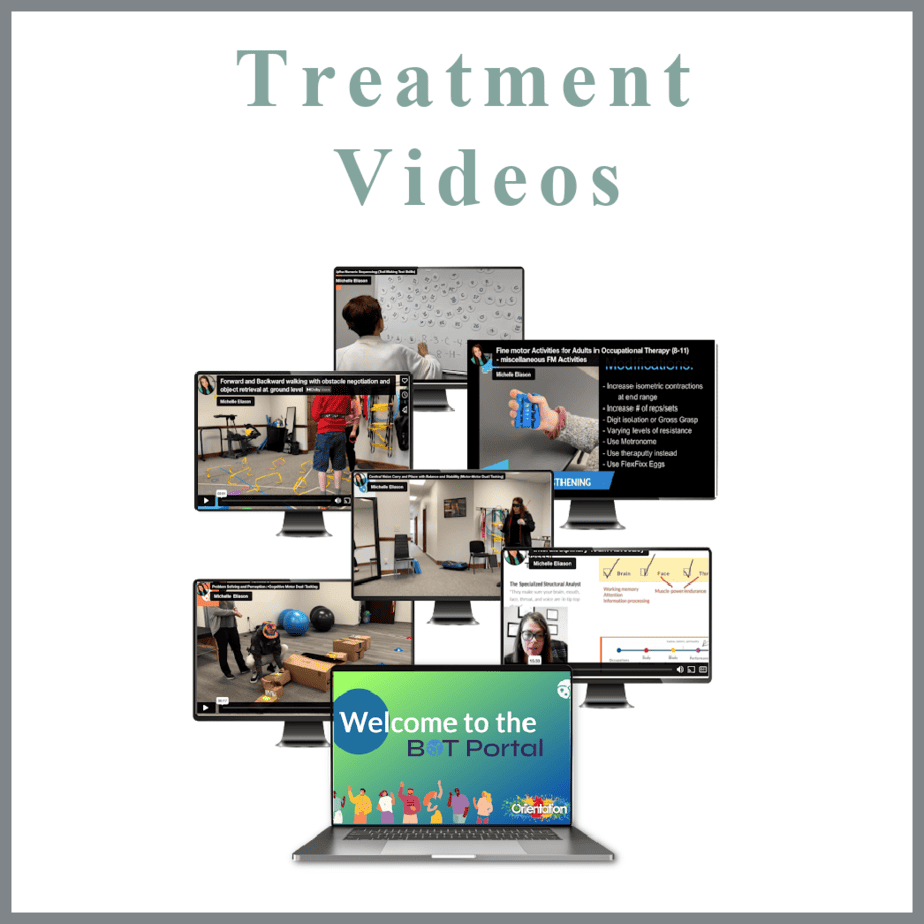
Membership Perks
Two Membership Options!
Your investment gives you resources to save you stress, self-doubt, and burnout as you become a confident and competent practitioner who can stand up for your professional point of view and scope of practice.
Planning Process for Occupational Therapy Treatment Continuum
The planning process for building an adult occupational therapy treatment continuum is essentaial to the existence of the profession as well as imperative to protecting your reputation as a competent medical professional. You don’t just do self-care activities and IADLs!!! Remember that your job is to take all of the human anatomy, physiology, neurology, and medical diagnoses that you have learned and created a realistic and evidence-based treatment plan that will last 8-12 weeks (or however long your plan is). It is not treatment to treatment – you must be always moving toward the big picture!
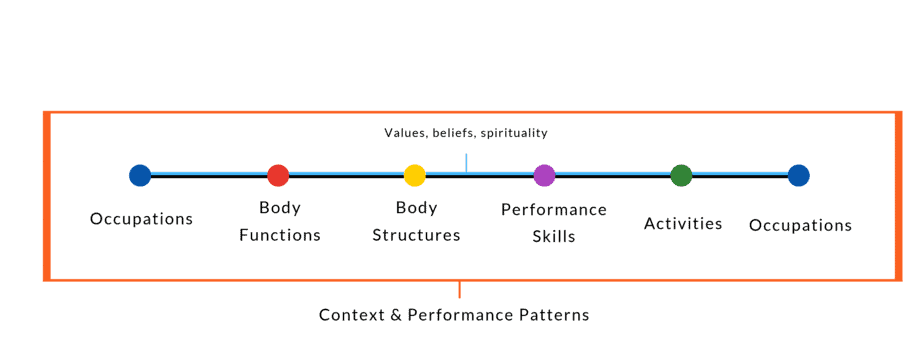
FIRST
Swelling and Pain
Remember that swelling is not always a bad thing though this physiological response can lead to very uncomfortable fall out! As a practitioner, your job is to support this crucial stage in the healing process. Allow the body to do what it needs to do while minimizing unnecessary discomfort and increasing efficient return to ‘typical’ function.
-
-
- Decreasing pain and Promoting swelling Absorption
- How?
-
- Therapeutic modalities
- Example: Kinesiology Taping
- Manual techniques
- Therapeutic exercises and Movement
- Therapeutic modalities
-
-
Second
Range of Motion
First, address arthrokinematic movement which occurs between joint surfaces and consists of three different patterns
-
-
- Roll – “rocking” motion
- Glide– Movement of a rigid object across another rigid and stationary surface
- Spin
-
**During joint movement, these arthrokinematic movements occur simultaneously with the express purpose of maintaining joint congruency**
**You can only move on to addressing osteokinematic movement when arthrokinematic movement is restored or maximized
Second, address osteokinematic movement which are body structures that form angles can be measured for quantitative measures
Types of Osteokinematic Movements
Osteokinematic movements:
-
- Flexion and Extension
- Abduction and Adduction
- internal and external rotation
- protraction and retraction
- plantarflexion and dorsiflexion
- inversion and eversion
- Opposition
- lateral deviation
- elevation and depression
- upward rotation and downward rotation
- lateral flexion
- right rotation and left rotation
- pronation and supination
- ulnar deviation and Radial deviation
THIRD
Strength and Endurance
-
- As a result of decreased muscle elasticity and lack of strength, ROM may be affected. Although the joint integrity is fine, lack of strength and elasticity may be affecting ROM which will require you to work on BOTH ROM and strength simultaneously
- In order to increase muscle FUNCTION, you must design a plan of care that increases strength, endurance, and power
- Muscular strength – the ability of a muscle to produce Force against resistance
- Muscular endurance- requires different physiological characteristics in the muscle and refers to the ability of the muscle to produce force over time
- Power- the ability of the muscle to produce Force quickly and because it requires a foundation of muscular strength, it should not be directly addressed until that Foundation has been established
FOURTH
Neuromuscular and Balance
-
- Both neuromuscular control and the client’s ability to balance require integration of multiple body systems across several regions, and are more functional
- Neuromuscular control is the unconscious efferent response to an afferent signal
- More information on neuromuscular re-education
- Balance is the ability to maintain a center of gravity within a base of support; that is the ability not to fall
- More information on Occupational Therapy Balance treatments on Balance treatments
- Neuromuscular control is the unconscious efferent response to an afferent signal
- Both neuromuscular control and the client’s ability to balance require integration of multiple body systems across several regions, and are more functional
FIFTH
Functional Progression
This step is what you have been taught as “occupation-based activity”.
You can NOT give someone an occupation-based activity to do as ‘rehabilitation in any capacity until you ensure they have the adequate functions, structures, and performance skills and tools to perform that particular activity. This is not an evidence-based practice. What is evidence-based is ensuring every treatment is meaningful to the client and works toward goals set through a collaboration between client and practitioner. But this does not mean perform self-care, wash windows, fold clothing, and put simulated groceries away over and over and over again until your patient is magically healed. This is not occupational therapy. Be better than this.
-
- Functional Progression moves the client from the basic ability to function towards the ability to complete all desired occupations to the desired standard.
- You can’t just jump to this step without risking injury for your client, exemplifying questionable clinical practices, and risking long-term dysfunctional movement patterns for your client.
Listen to this episode of the Re-Think OT Podcast on Building an Occupation Therapy Treatment
Browse the Resource Store!
Don’t want to pay for each PDF individually? No problem! The BOT Portal Membership comes with all printable resources and more!


